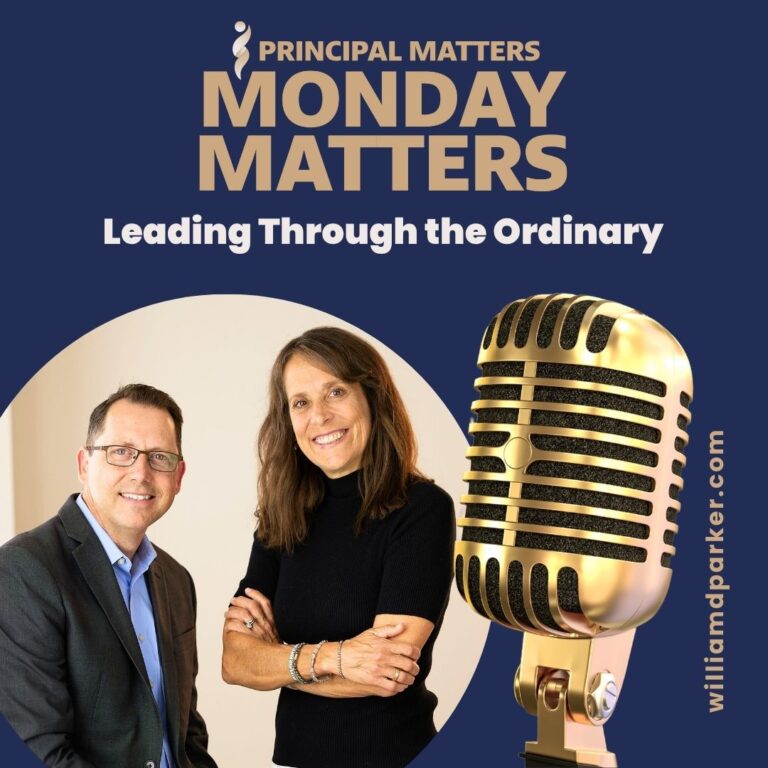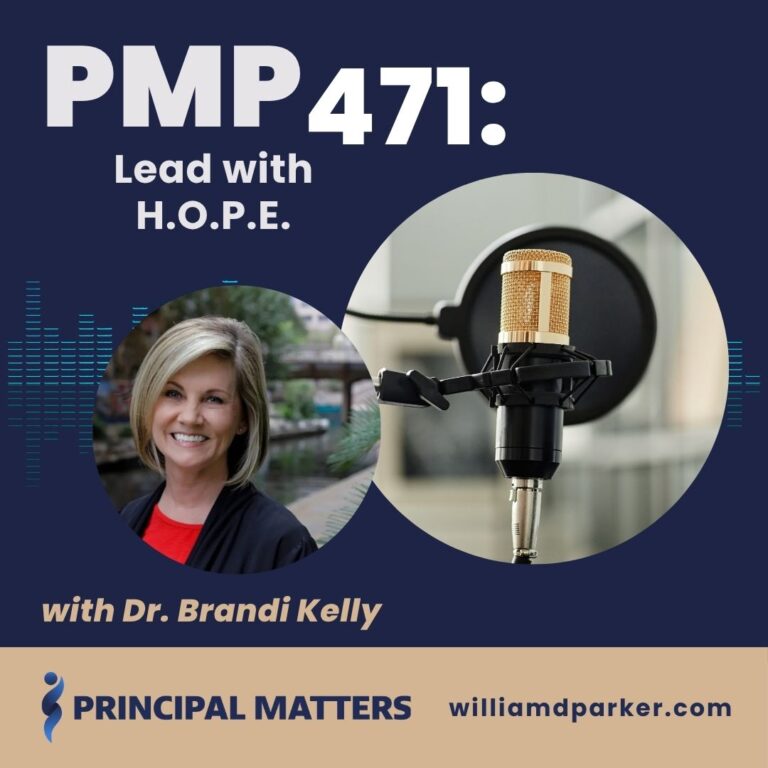Podcast: Play in new window | Download
After living in Oklahoma for more than twenty years, I’ve become keenly aware that our state’s economy is intricately related to oil and gas. In addition to our rich Native American heritage, almost every major city or town in our state has its roots in the oil fields and exploration that brought workers who in turn brought their families and built communities.
A lot has changed over the decades, but for those who work the rigs and fields today, they can tell you that drilling and production can still be very dangerous work. When managing parts and machines under tremendous pressure, one mistake can be fatal.
Recently I was listening to The New Norm, an episode of Invisibilia, a podcast on the invisible forces, emotions, or psychological influences that affect the way we think or behave.
This episode focused on a story from 1997 when Shell Oil had commissioned Ursa, the largest offshore drilling rig in history. One man, Rick Fox, was assigned the task of assembling and training a crew who would manage a floating multi-story complex the size of two football fields. His biggest fears? He worried a lot about the inevitable injuries or deaths that could take place in metropolis of such high-pressure engineering—where a misread gauge or a wrong turn could be unimaginably catastrophic.
Surprisingly, Fox found his answer through a leadership consultant, a French-speaking woman, Claire Nuer, whose family had survived the Holocaust. She had dedicated her adult life to counseling, meditation, and leadership. She convinced him that he and his crew of tough-minded men needed to hire her consultants so that they could learn to face their fears, talk honestly, and work cooperatively if they wanted to create a working culture that was safer and more productive.
Later Robin Ely, a Harvard business school professor, and Debra Meyerson, a professor at Stanford researched the outcomes of this counseling/leadership approach and found amazing results: The crew of this massive oil rig saw 84% decline in accidents compared to other Shell operations. And their productivity was greater as well.
What caused this crew to have such amazing results? Robin Ely attributes the entire mindset to what she called a “learning culture”—a place where people trust one another, speak openly about concerns, and are able to admit when they misunderstand or make mistakes.
Prior to this new “learning culture,” the crew members who were interviewed admitted they were once expected to never show emotion, never ask for help, and never admit if they misunderstood. After learning stronger ways to communicate, they admitted their working environment had become a job each one enjoyed, not just a place to make money.
Here’s an NPR article summarizing this story as well: https://www.npr.org/sections/health-shots/2016/06/17/482203447/invisibilia-how-learning-to-be-vulnerable-can-make-life-safer
5 Marks of a Learning Culture
It is always exciting when research confirms what good teachers have known for years:
A learning culture is the most effective environment for problem solving, critical thinking, and productivity.
As you think about your own school or work environment, are you seeing a “learning culture” mindset happening around you?
Here are five indicators to look for:
1. Learning cultures include relationships of trust.
No amount of strategy, planning, or communicating works without trust. And trust is built through relationships over time. Especially in school environments, teachers, students, and parents must believe you and your team members are people of integrity before they will believe or invest in ideas for growth or change. In the case of the men and women of Rick Fox’s crew, they had to truly believe each person had the other’s best interest in mind. In school settings, it is no different.
2. Learning cultures encourage open-communication.
Sometimes growing, changing, or improving can be painful. In fact, it always comes with growing pains. In the process, you can only work through difficult issues, obstacles or misunderstandings with real-life conversation. Although school leaders must often make the final call on touch decisions, this doesn’t mean that we don’t seek the input of others along the way. How are you frequently teaming, collaborating, and talking with others on your team to maintain open-communication?
3. Learning cultures allow for admitting mistakes for smarter responses to problem solving.
Unfortunately, leaders often feel they must put on a front of confidence and assurance in every situation. This may be practical when facing a moment of crisis, but you will inevitably face situations where you may not know the answer. When this happens, we must be honest with those on our teams. You can also reach out to others who may have insights or perspectives that help guide a wise decision. Learning to say you’ve made the wrong call or admitting when you don’t know a solution requires transparency. But it also gives you room to find solutions instead of blindly moving ahead into deeper problems.
4. Learning cultures create a more rewarding work environment.
Whenever people feel like they can reach out to one another for help and support, individuals begin to operate as teams. And healthy teams find more joy and satisfaction in work. When reporters asked the men of Ursa if they liked the new culture and expectations, these crew members would consistently say they never wanted to go back to the way things were before. It was stretching and uncomfortable to become more open, trusting, and communicative, but it also had changed the ways they interacted in their personal lives too.
5. Learning cultures result in greater productivity.
It should be no surprise that collaborative cultures are more productive, see greater outcomes, and experience more satisfaction at work. And schools that encourage these qualities also see growth in school culture, student outcomes, and job satisfaction. The experience on Ursa confirms what a Gallop Research Report from 2013 that showed that satisfied, engaged employees are 240% more productive than those who are not.
Conclusion
In Invisibilia’s interview with Rick Fox, he reached an amazing conclusion about the affects of a learning culture on his crew: “Do you think that, in hindsight, BP might have benefited from, you know, having this kind of work with all the people that were eventually involved in Horizon before it happened?” he asked. Then he answered his own question: “I do.”
Thankfully, we manage operations in schools that don’t place us in the same dire conditions and potential outcomes as oil rig workers. At the same time, working with students produces outcomes of a different nature.
Ours is an industry of developing young minds who will be our future leaders, researchers, workers, and neighbors.
And as we lead our schools, we can only stay effective, productive, and meaningful if we encourage our teams to be learning cultures–places that not only affect students, but ultimately affect all of our futures.
Now It’s Your Turn
As you look at the season ahead at your school, how can you help encourage a culture of trust, open-communication, transparency, rewards, and productivity? What is one way you keep moving in that direction today?
Principal Matters Podcast
Check out audio versions of my posts at iTunes. Rate PMP at iTunes; when you do, it makes it more visible to others!




